The school summer holidays are upon us and that presents a great opportunity for some wild fun. So, if you are wondering how to fill the weeks ahead with activities that will keep your little cherubs entertained, read on and find out how nature can help you out!
Go Out or Stay In? Three Wild Experiences for the Summer Holidays
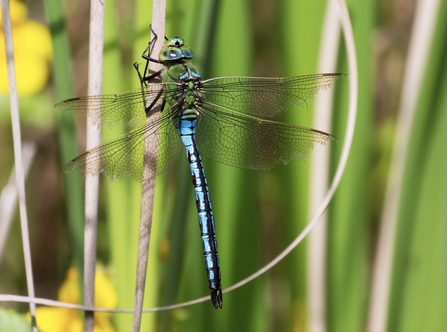
Emperor Dragonfly (c) Toby Hill
1. Go on a Dragon Hunt
Ok, so we’re not talking knights in shining armour and fire-breathing dragons here but dragonflies. Dragonflies have been around for around 300 million years – longer than humans – and they really are fascinating creatures to spot and learn about. For instance, did you know that they are one of our most successful predators, that they can move like a helicopter or that their eyes take up most of their head? It doesn’t stop there, there are plenty more interesting facts to discover…

Go out. Dragonfly Trails enable you to enjoy a habitat where you are sure to spot a range of species and enjoy the clatter of walking on a boardwalk whilst you’re at it! If you are able to get along to Panshanger Park, near Hertford, you can experience Hertfordshire’s first Dragonfly Hotspot – a place which has been chosen for its variety of species as well as providing easy access for visitors, with opportunities to learn more about them from interpretation boards. You can discover more about dragonflies and other great places to see them in our blog ‘Six Dragonflies and Damselflies to Spot over Summer’ however, it’s worth bearing in mind that dragonflies can be spotted in lots of different places, from ditches to ponds so you needn’t go far to enjoy seeing them!
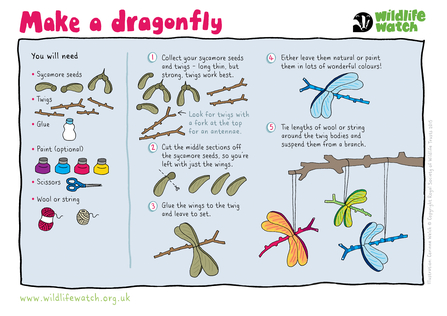
Corinne Welch, Royal Society of Wildlife Trusts 2015
Stay in. You can explore the different species of dragonflies and damselflies and facts about them on our website’s wildlife explorer pages. Or, if you are feeling crafty draw or paint the dragonflies and damselflies you’ve discovered or, make mobile dragonfly decorations for your home or garden, using Sycamore seeds and twigs, along with some craft materials – here’s how.
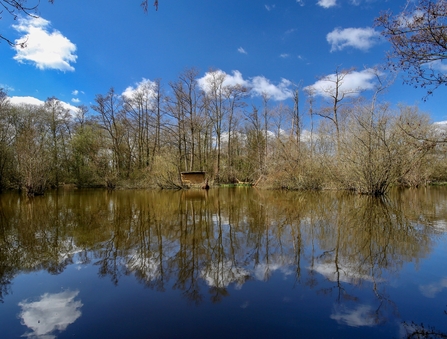
2. Enjoy ‘Life at the Lake’
Wetland habitats are extremely important for wildlife and for people too! Wetlands provide wildlife with a place to eat, drink, shelter, live and breed, plus they store water and can help prevent flooding and droughts too, helping to mitigate the effects of climate change. Reedbeds act as a natural filtration system, cleaning polluted water and improving water quality. Plus, every year, our wetlands host winter visitors – birds which have come from colder climates, attracted by our milder weather and the promise of more available food sources.

© Debs Richardson Bull
Go out. Every Wednesday throughout the summer holidays, you will find us at Stocker’s Lake, in Rickmansworth, with a whole host of different watery themes to explore each week. From predators and prey, to plants and pollution, you will also be able to enjoy different activities and get a close-up view of some of the creatures that call this lake home. For more information, visit our events’ page here and discover more about Stocker’s Lake here.
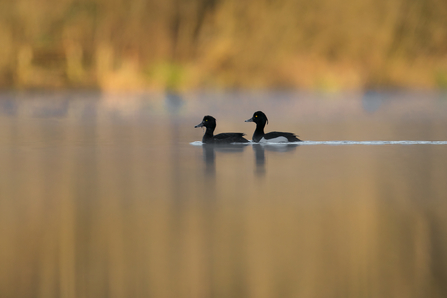
Tufted ducks © Jon Hawkins - Surrey Hills Photography
Stay in. Who needs to go out when you can create your very own wetland at home?! Creating your own mini pond is easy to do and the rewards of supercharging your garden or outdoor space with wildlife is well worth the effort. Or, use our website’s wildlife explorer pages to discover various different wildfowl species.
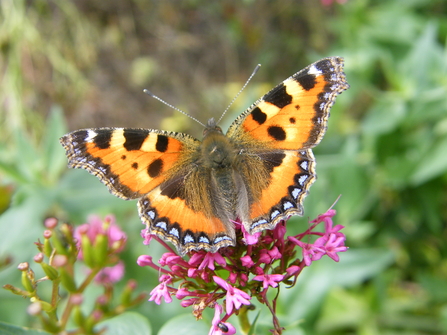
3. Discover Butterflies
Have you noticed that when the sun comes out so do butterflies? So, wait for a sunny day and take yourself on a voyage of discovery and watch these dainty and, often, colourful creatures on the wing or collecting nectar. Butterflies are not just pretty, did you know that they give us a good indication of how healthy our environment is, and that they play a crucial role in food chains, being much-needed pollinators?
Orange tip at Aldbury Nowers © Paul Thrush
Go out. Our chalk grassland nature reserves can be particularly good for butterfly sightings – Hexton Chalk Pit, near Hexton, Aldbury Nowers, near Tring, and Alpine Meadow, near Berkhamsted. Get clued up before you go by taking a look at the different butterfly species on the wildlife explorer pages of our website. If the thought of being in an open space on a hot and sunny day is a bit much, sunny glades in woodlands also offer great opportunities for butterfly spotting. Head to your nearest wood or, discover which of our woodland nature reserves you might want to pay a visit to here and be sure to take this Woodland Butterfly Spotter Sheet with you.
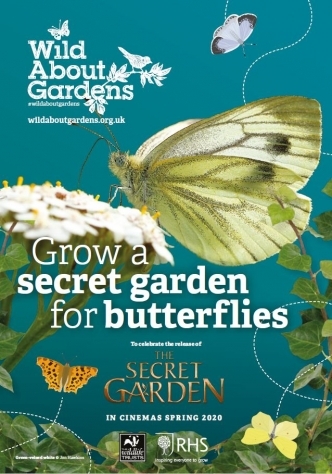
Stay in. Could you grow a secret garden for butterflies? This could be a butterfly box on a balcony or a garden border, or what about a wilder patch where your space could host caterpillars? You can find out more in this handy guide. Or, if you are feeling creative, how about making a butterfly mask or a model butterfly?

(c) Helen Walsh
Please stay safe whilst enjoying the great outdoors and all it has to offer. Our blog ‘Stay Safe in Hot Weather’ provides advice on water safety and fire safety, as well as tips for your own personal safety and comfort.
We’d love to see the stories, photos and creations of your wild summer, so please do share them with us on social media. You’ll find us at @hertswildlifetrust on Instagram and Facebook and @HMWTBadger on X/Twitter.

